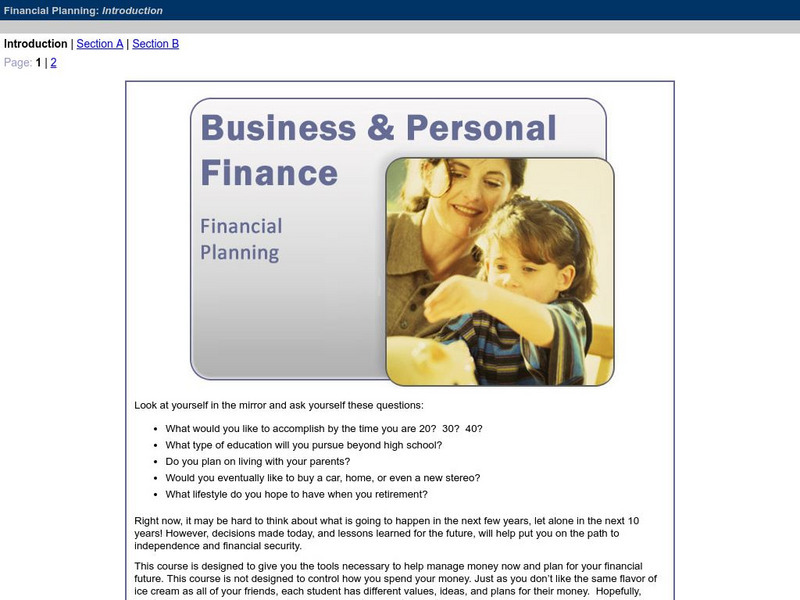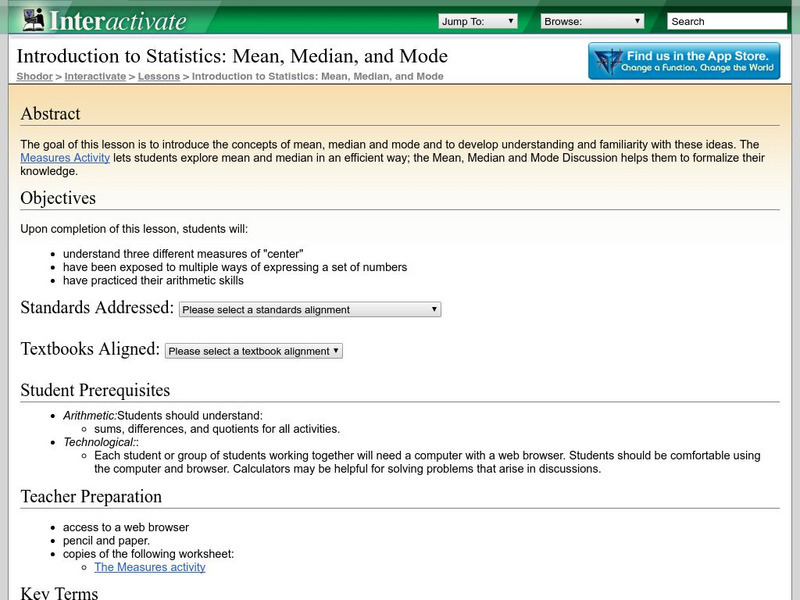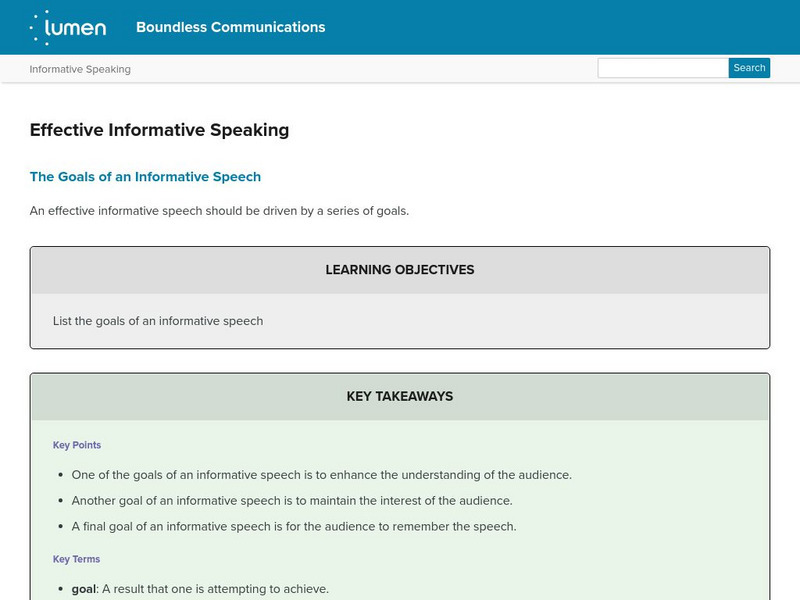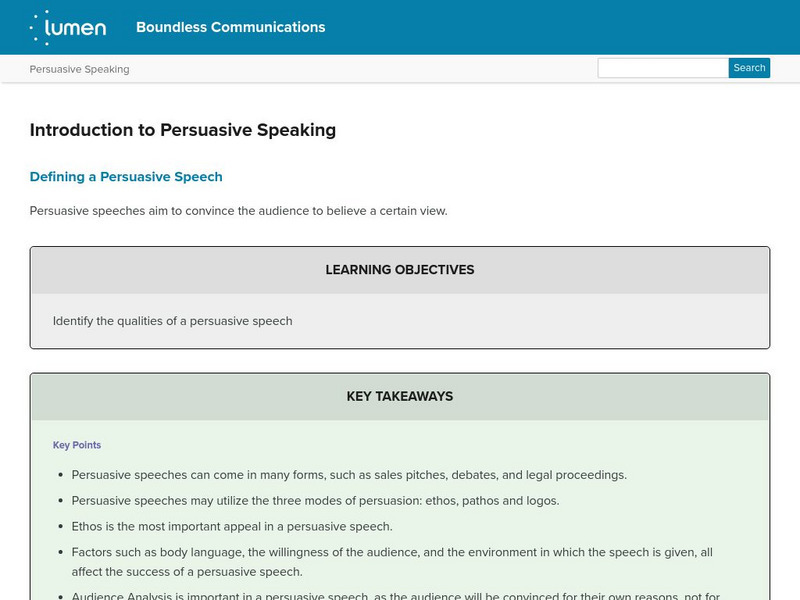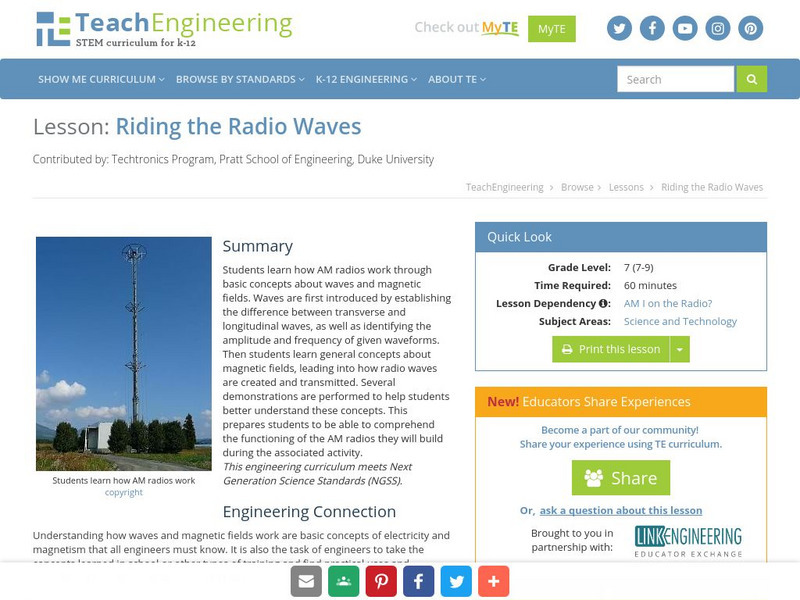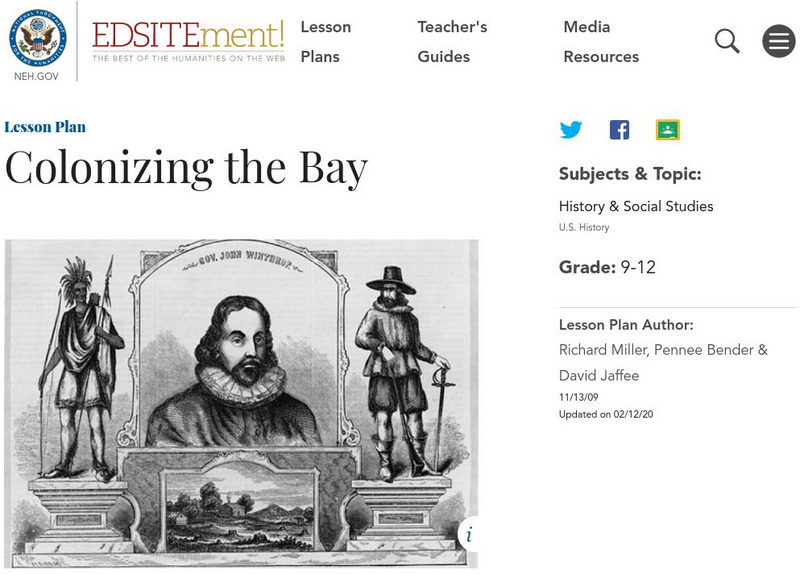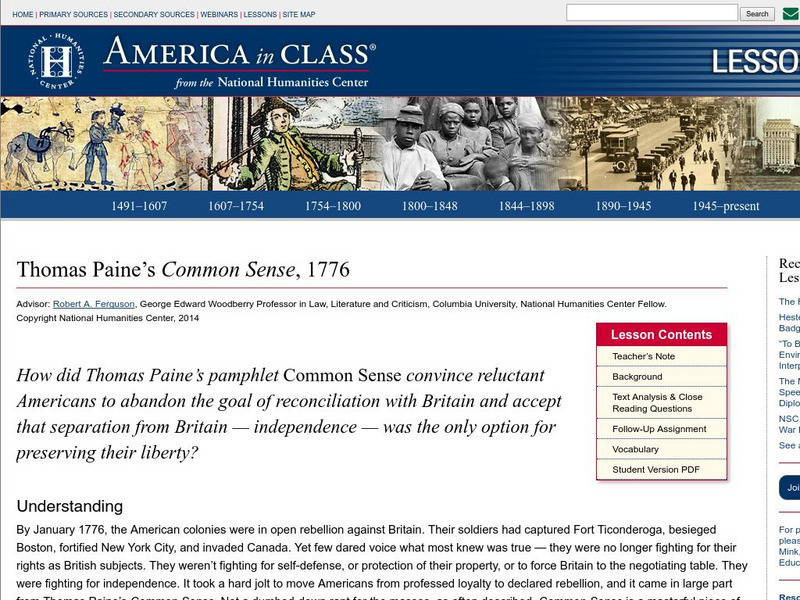Department of Defense
Do Dea: Business & Personal Finance: Module 1: Financial Planning
This self-guided course is designed to give you the tools necessary to help manage money and plan for your financial future. Topics discussed are setting goals, making financial decisions, setting a budget, information on careers and...
Practical Money Skills
Practical Money Skills: Lesson Two: Spending Plans
This lesson introduces children to the concept of dividing their money into categories, namely "save," "spend," and "share" and presents activities that will help them understand that money is limited in quantity and must be divided for...
Shodor Education Foundation
Shodor Interactivate: Lesson: Introduction to Statistics
"The goal of this lesson is to introduce the concepts of mean, median and mode and to develop understanding and familiarity with these ideas." This lesson is provided by Shodor Education Foundation.
Practical Money Skills
Practical Money Skills: Lesson One: Making Spending Decisions
The goal of this lesson is to introduce structured spending decisions to assist young children in making choices and to recognize that money comes in limited amounts.
Better Lesson
Better Lesson: Cornerstone: Peer Review Fishbowl
In this lesson plan, 6th graders are shown what an effective peer review session looks and sounds like. While observing it, students have a silent discussion online about what they notice. They then fill in a peer review goal setting...
Scholastic
Scholastic: Adventures in Math: Lesson 1: Saving Money for Your Future
Tips for learning the value of saving money to achieve your financial goals.
Better Lesson
Better Lesson: I Learned It Online
Preparing the new generations for college and career readiness absolutely requires us to ensure our children are competent and comfortable in the use of a variety of digital tools. Students will be learning about a topic online and...
Lumen Learning
Lumen: Boundless Communications: Effective Informative Speaking
This lesson plan focuses on how to present an effective informative speech including keeping in mind the goals, scope, audience, and connections to the speech.
Lumen Learning
Lumen: Boundless Communications: Introduction to Persuasive Speaking
This lesson focuses on persuasive speaking including identifying the qualities, components, goals, and ethics of persuasive speaking.
Better Lesson
Better Lesson: Manipulation Central
Not everyone solves a problem in the same way. Reinforcing that different strategies can be used effectively is the goal of this lesson.
Better Lesson
Better Lesson: Lucky Luggage Tags: An International Challenge
This lesson solidifies students' understanding of time to the hour (while enriching with basic geography content) and continues to build back up to 3rd grade goal of time to the minute.
Department of Defense
Do Dea: Physical Fitness Activity
Exercise must be performed regularly throughout life to achieve the benefits of physical fitness, wellness, and disease prevention. In this self-guided unit, you will be introduced to the components of fitness, principles of exercise,...
TeachEngineering
Teach Engineering: Riding the Radio Waves
In this lesson students learn how AM radios work through basic concepts about waves and magnetic fields. Waves are first introduced by establishing the difference between transverse and longitudinal waves, as well as identifying the...
National Endowment for the Humanities
Neh: Edsit Ement: Colonizing the Bay
John Winthrop's "Model of Christian Charity" was delivered as a sermon aboard the Arabella, as the Puritans approached their destination of Massachusetts Bay in 1630. The speech spells out his vision of the society they hoped to create...
Kinder Art
Kinderart: Daydreaming With Marc Chagall
The goal of this lesson is to explore the concepts of surrealism and early cubism that Chagall portrayed in his work. Students will create works of art inspired by artist Marc Chagall's painting I and the Village.
Council for Economic Education
Econ Ed Link: Economic & Political Freedom (Grades 9 12)
In this lesson plan, young scholars analyze the concepts of economic freedom and political freedom, identify ways to measure them and explore the relation between measures of well-being and between measures of freedom.
New Zealand Ministry of Education
New Zealand Government: Te Kete Ipurangi: Is Food a Technological Outcome?
In response to a misunderstanding about whether food can be a technological outcome, students were given an exploratory lesson in food technology. They discussed biscuits as technological products and the testing and trialing involved in...
National Humanities Center
National Humanities Center: America in Class: Thomas Paine's Common Sense, 1776
Lesson on how Thomas Paine's pamphlet Common Sense convinced reluctant Americans to abandon the goal of reconciliation with Britain and accept independence as the only option for preserving their liberty.
Choices Program, Brown University
Choices: Teaching With the News: Iraq: The Challenge of Securing the Peace
Interactive two-day lesson plan that engages students in consideration of divergent policy alternatives concerning how the situation in Iraq should be handled, who should be in charge, and what the goals should be.
Choices Program, Brown University
Choices: Teaching With the News: Iraq After War: Securing the Peace
Interactive lesson places learners in the role of decision-makers as they explore divergent policy alternatives concerning how the post-war period in Iraq should be handled, who should be in charge, and what the goals should be.
Mathigon
Mathigon: Euclidean Geometry: Origami and Paper Folding
This lesson focuses on a different way to construct geometric figures without tools, Origami. The goal is to make objects out of one or more sheets of paper, without any additional tools like glue or scissors. You can create incredibly...
ReadWriteThink
Read Write Think: Creating Class Rules a Beginning to Creating Community
Contains plans for two lessons that teach about proper classroom behavior and creating community by discussing why they are in school and what they need in order to accomplish their goals while there. In addition to objectives and...
TeachEngineering
Teach Engineering: Will It Fly?
In this lesson, students will learn about kites and gliders and how these models can help in understanding the concept of flight. Students will design and build their own balsa wood models and experiment with different control surfaces....
TED Talks
Ted: Ted Ed: The Race to Sequence the Human Genome
In 1990, The Human Genome Project proposed to sequence the entire human genome over 15 years with $3 billion of public funds. Then, seven years before its scheduled completion, a private company called Celera announced that they could...
